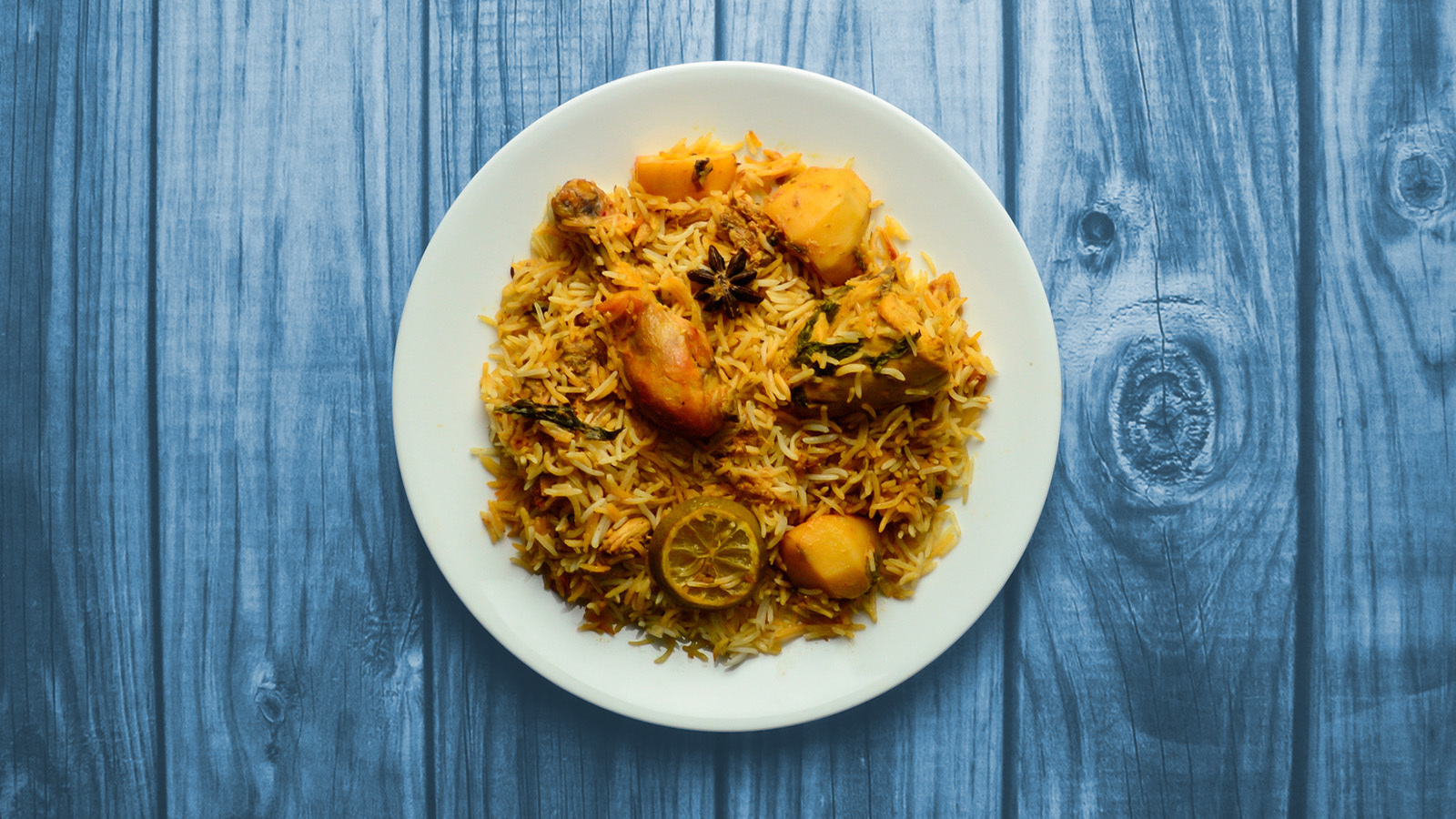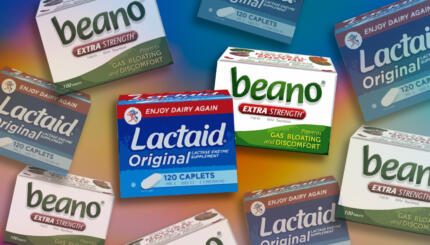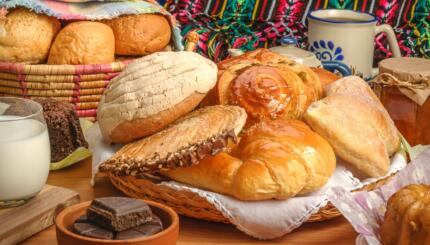It is my first taste of Jewish food. I am at the Knesset Eliyahoo (AKA the Blue Synagogue) in Mumbai, India. It is Passover, and I have been invited to partake in the communal meal in the synagogue’s spacious dining room. I am one of the few non-Jews there. As a writer keen on exploring Mumbai through her different communities, learning about Jewish culture and cuisine has been a source of fascination.
To my utter delight, the food is familiar, flavored with spices and masalas (spice blends), with wholesome gravies, fragrant pulaos and biryanis (rice-based dishes), and pillowy soft bread. I’m hooked, and set out to learn more.
The Jewish community in India is small, concentrated in Kochi, Kolkata and Mumbai (formerly known as Bombay). Mumbai is home to the Bene Israel and the Baghdadi Jews. It is believed that the Bene Israel arrived first, in the 8th century. Fleeing their homeland, they were shipwrecked off the Konkan coast and only seven couples survived. The Baghdadis (the term refers to any Arab-speaking Jews) came from the Middle East in the 18th century and settled in emerging commercial centers like Mumbai. Today, the Jews in Mumbai don’t exceed 4,000.
The Jews integrated with India almost seamlessly, adopting the customs, names, dress, language and culinary practices of their neighbors. Their food, thus, became a curious, unique blend of dishes influenced by Jewish dietary laws and religious customs and local Maharashtrian culinary techniques and practices. Like locals, the Jews use lots of chillies and spices like turmeric and cardamom. As is typical of coastal cuisine, the Maharashtrian kitchen is full of fish, in addition to coconut and coconut milk. The latter is particularly prominent in Mumbai Jewish food, where it’s used instead of dairy in chicken dishes, as per kosher law. The Jewish community is observant, and sources its chicken and mutton from kosher butchers; as a mark of respect for their Hindu neighbors, they do not eat beef.
The Nosher celebrates the traditions and recipes that have brought Jews together for centuries. Donate today to keep The Nosher's stories and recipes accessible to all.
In my decade as a food writer, I’ve been introduced to many Mumbai Jewish dishes: a Shabbat cake called kanavali made with jaggery (an unrefined natural sugar consumed and produced extensively in India) and semolina; fish alberas — a green fish curry with coconut milk; sandan — a steamed rice cake with toddy (palm wine) and coconut milk, eaten with a rich mutton curry that’s similar to the Goan sanna, also made with toddy, and eaten with a pork stew.
Like most Indians, Mumbai Jews have a love of sweets. There’s the saat padder puris (seven-layered puris) with a rich, gooey dried fruit and cardamom mixture, which the Bene Israel eat to break their fast on Yom Kippur. The star of the Malida (a Bene Israel thanksgiving ceremony typically conducted during auspicious events and festivals) is the malida — sweetened poha (beaten, flattened rice) mixed with coconut, dried fruits and nuts, and scented with cardamom. It reminds me of the sweet poha eaten along the Konkan coast.
The most fascinating example of culinary integration is chikacha halwa. Halwa is a common Indian sweet made by mixing semolina, wholewheat, or even vegetables like cucumber with a sweetener, milk, ghee (clarified butter) and dried fruit, then cooking it until it obtains a fudge-like texture. Chikacha halwa is only made by Jews, and replaces the traditional milk and ghee with coconut milk, so that it’s pareve. It gets its name from chik (wholewheat).
Eddna Samuel, managing director of communications agency Motif India, explains that chikacha halwa is eaten on Rosh Hashanah, a tradition that may have been adopted from other Indian religious communities who exchange sweets at New Year. Samuel, now based in New York, still makes it every year.
I get the biggest glimpse behind the veil of Baghdadi Jewish food at the Blue Synagogue. My teachers are Chef Moshe Shek, one of the city’s most recognised chefs and a prominent Jewish figure, and Clera Lobo, a Mangalorean Catholic who has been cooking Jewish food at the synagogue for over a decade.
The Baghdadi Jews brought recipes and ingredients from Israel, Iraq, Syria and the Middle East with them to India. Over time, local flavors made their way into their dishes. I try a smattering of these combinations: kubbeh — ground chicken dumplings coated with semolina and cooked in a spicy soup or curry; ginger-scented hamim (a slow-cooked Shabbat dish of chicken stuffed with spiced rice, topped with whole eggs) served with coriander chutney; chicken biryani that tasted familiar, but lacked the tang of the curd traditionally used to marinate the chicken (“We like a one-pot meal, hence the popularity of biryani,” Samuel told me); and matzah meal-coated potato chops — potato dumplings stuffed with chicken and coriander that are coated then fried.
I returned to the Blue Synagogue for Passover this year, to a familiarly laden table with an extensive menu of dishes from the Jewish Diaspora and Indian kitchen. Over dinner, I asked my Jewish dining companion, Cindy Pereira, about her take on Mumbai Jewish food. She looks askance. “What do you mean? This is Maharashtrian food.”
Maharashtrian food, cooked by a Mangalorean, following Jewish dietary laws and eaten by a Goan: that is true diversity.



